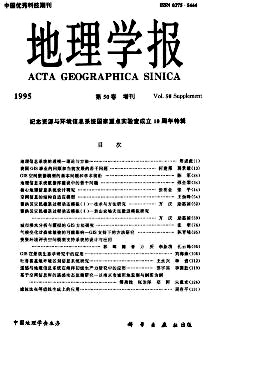Chenhu Zhou
The people new to Geographical Information System (GIS) and even many who have been working in it for some time are unsure about its extent and content due to its nature of comparative recency, rapid rate of development and diversity of application. The first part of the paper aims to provide an overview of the origin,brief development history and appropriate definition of GIS, and the relationship with other disciplines and technologies related. Three main views are evident,namely, the map, database and spatial analysis views,from point of view of usage of GIS as scientific tool.It is understood that the development of GIS is driven and affected by the technology improvements and revolution, wide and diverse applications.The next part tries to explain how GIS is used to describe the geographical feature and space in digital way, and how different kinds of geographical data are organized into an integrated database, and what kinds of spatial analytical tools are fundamental to GIS, and how it is used in our problem solution. It is concluded that GIS provide us a new way to think about our earth and analyze the complex issues we meet.The last paragraph, the front topics on GIS, begins with discussion abut the three-dimensional and temporal GIS. The nature of the multi-dimension of geographical information needs us to develop a new generation of such a system. However we still have a long way to go before such an useful and powerful system comes out. Then author spends a few of words on the geographical information sciences and geo-informatics.Bases on this discussion it is said that GIS will become a basic public information system used by all over society.
